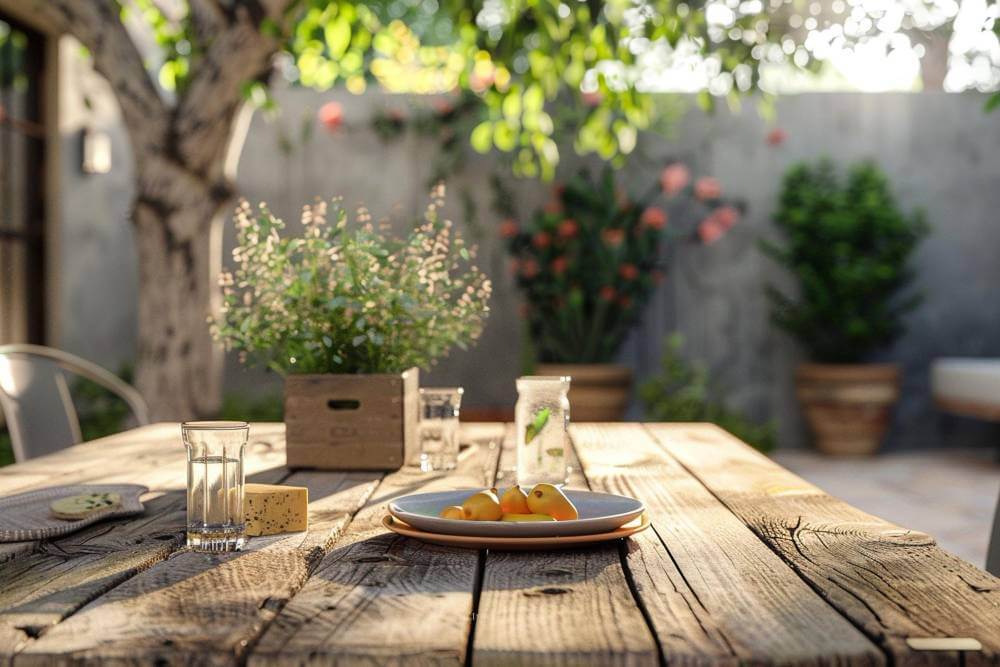Hey there, fellow garden enthusiasts! Today, I’m diving into the world of growing herbs with a grow light. If you’ve ever wondered whether it’s possible to cultivate a thriving herb garden indoors using artificial light, you’re in the right place. Let’s explore this together and uncover some expert insights that will help you green up your living space!
Understanding the Basics of Herb Gardening with Grow Light
Let’s start with the essentials of growing herbs indoors using a grow light. It’s not just a trend; it’s a practical solution for urban dwellers and anyone keen on having fresh herbs year-round. The key lies in understanding your herbs’ needs, especially when it comes to light intensity, duration, and positioning.
Whether you’re placing your herbs in a sunny spot or relying on artificial light, ensuring they get the right amount of light is crucial for their growth and flavor development.
Exploring Grow Light Options: Pros, Cons, and Recommendations
Choosing the right grow light for your indoor herb garden involves considering several factors, including wattage and light intensity.
LED grow lights are highly recommended for their energy efficiency and customizable light spectrum, typically ranging from 25 watts for smaller setups to 300 watts or more for larger gardens. They are favored for their ability to simulate natural sunlight effectively while consuming minimal electricity.
Fluorescent grow lights, ranging from 15 watts for compact fluorescents to 100 watts for larger tubes, provide a balanced spectrum suitable for herb growth but are less energy-efficient compared to LEDs.
High-intensity discharge (HID) lights are powerful options ranging from 250 watts to 1000 watts. While efficient in light production, they require adequate ventilation and are commonly used in larger-scale herb cultivation setups for their robust performance under controlled environments.
For most indoor herb gardens, especially for beginners, I recommend starting with LED grow lights due to their overall efficiency, versatility, and ease of use. They strike a balance between performance, energy savings, and plant health, making them a reliable choice for herb enthusiasts of all levels.
Optimal Light Exposure: Setting Grow Light Hours for Healthy Herbs
Determining the ideal duration for grow light exposure is crucial for the health and growth of your indoor herbs. Generally, herbs require around 14 to 16 hours of light per day during their active growth phase. This duration mimics the long daylight hours of spring and summer, encouraging robust foliage and flavor development.
However, the specific hours can vary based on factors like the herb species, the intensity of the grow light, and the size of the growing area. Larger spaces or plants that require more light may benefit from longer exposure periods, while smaller setups or herbs adapted to lower light levels might thrive with slightly less. Monitoring your herbs’ growth and adjusting light schedules accordingly ensures they receive the optimal light exposure for thriving indoors.
Choosing the Right Herbs for Your Indoor Garden
Not all herbs are created equal when it comes to indoor cultivation. Some thrive in lower light conditions, while others demand full sun. Basil, mint, and parsley are excellent choices for beginners, as they adapt well to indoor environments and respond favorably to grow lights.
While many other herbs can thrive under grow lights, some are known to be less suitable due to their specific light and space requirements. Herbs that typically prefer direct sunlight or have extensive root systems, such as dill, cilantro, and fennel, may not perform as well under indoor grow lights unless provided with ample space and appropriate light intensity. These herbs may become leggy or struggle to reach their full potential without sufficient natural sunlight. However, with careful adjustment of light settings and spacing, it’s still possible to successfully grow these herbs indoors under grow lights.
So, experiment with a variety of herbs to see what works best in your space. Remember, each herb has its own preferences for light, water, and soil, so don’t be afraid to mix and match to create your perfect indoor garden oasis.
Setting Up Your Grow Light System
Now, let’s talk tech! Setting up a grow light system doesn’t have to be complicated. Start with a sturdy shelf or table where you can arrange your herbs. Position your grow light about 12-18 inches above your plants to provide adequate coverage without causing light burn.
Adjust the height as your herbs grow to maintain the ideal distance. Most LED grow lights come with adjustable hanging kits or stands, making it easy to customize the setup for your indoor garden.
Seasonal Adjustments: Optimizing Herb Growth Year-Round
Seasonal changes can significantly impact indoor herb gardening with grow lights. During the darker winter months, consider extending the daily light exposure to mimic longer daylight hours. Conversely, in summer, when natural light is abundant, adjust your grow light schedule to complement rather than compete with sunlight.
This approach ensures that your herbs receive consistent light levels, promoting robust growth throughout the year. Observing your herbs’ responses to seasonal adjustments will help you fine-tune their care routine for optimal health and harvest yields.
Recap
Growing a herb garden with a grow light is not only possible but also incredibly rewarding. By understanding your herbs’ needs, choosing the right grow light, and providing proper care, you can enjoy fresh herbs year-round, right in your home, even in the heart of winter.
Ready to take your gardening game to the next level? Dive deeper into herb cultivation with more tips and tricks from my blog. Happy gardening!







